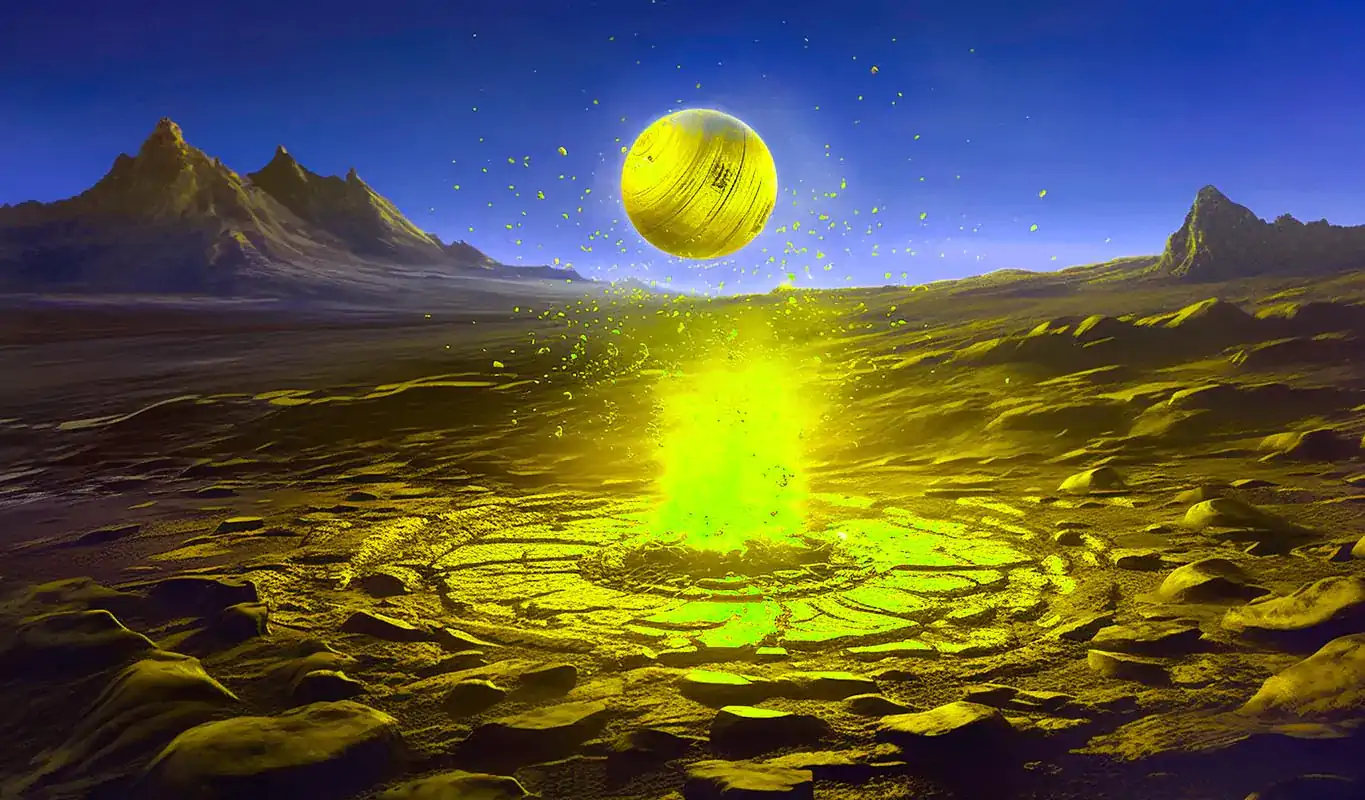SpaceX is readying for the second test flight of its fully-integrated Starship launch system.
Shortly before the first Starship test flight, SpaceX CEO Elon Musk quipped, "I'm not saying it will get to orbit, but I am guaranteeing excitement."
And SpaceX delivered on his word by launching Starship to a high altitude before the massive Mars rocket veered off course and was manually blown up by ground control.
Shortly afterward, reports emerged of a dust cloud reaching a nearby town and other problems that could slow down the FAA authorization process for a second launch.
Nevertheless, SpaceX is continuing preparations for the second orbital launch attempt of Starship. The private space firm has rolled the next upper-stage prototype, Ship 25, to a suborbital pad at Starbase, South Texas, for a key pre-launch test.
- SpaceX launches another 56 Starlink satellites – how big is the mega-constellation now?
- What next? SpaceX provides update after dramatic Starship explosion
- SpaceX’s first Starship orbital launch attempt ends in dramatic explosion
- SpaceX’s space empire: A closer look at its rockets and spacecraft
SpaceX prepares for Starship "static fire" engine test
SpaceX rolled Ship 25 out to a suborbital pad at Starbase in the morning on Thursday, May 18. The space company announced on Twitter that it will perform a "static fire" test on the upper-stage prototype, during which it will fire its six Raptor engines without taking flight.
The 165-foot-tall (50 meters) upper stage is stacked onto SpaceX's Super Heavy prototype to make up the entire Starship launch system. When fully stacked, Starship is the largest rocket ever built, standing at 394 feet tall (120 meters).

It is also the world's most powerful rocket, producing 17 million lbs of thrust at launch thanks to the 33 Raptor engines attached to the Super Heavy first stage.
Both the Starship upper stage and Super Heavy were designed to be reusable, Part of SpaceX's plans to drastically reduce launch costs so as to enable crewed flights to Mars. However, the prototypes used for SpaceX's test flights won't be reused and will instead drop into the ocean once their mission is complete — if they don't explode during flight like in the first test flight, that is.
When will Starship launch again?
The first launch of a fully-stacked Starship took place on April 20 from Starbase. The launch system used for the first test flight was made up of upper-stage prototype Ship 24 and Super Heavy prototype Booster 7.
The initial plan was to send Ship 24 on almost an entire orbit of Earth, after which it was supposed to fly into the Pacific Ocean near Hawaii.
The test flight didn't quite go as planned, as Booster 7 and Ship 24 failed to detach and SpaceX was forced to trigger the rocket's termination system when it was at an altitude of roughly 39 km over the Gulf of Mexico.
Starship liftoff in slow motion pic.twitter.com/KqHjqwP88Z
— Elon Musk (@elonmusk) April 22, 2023
Elon Musk has since gone on record saying that Starship could be ready to fly again within two months or so. The next flight will involve Booster 9 as well as, presumably, Ship 25 if all goes well with the static fire test.
Though Starship didn't reach orbit on its first attempt, SpaceX has stated it saw the test flight as a great success. The private space firm has emphasized that it was in keeping with its fail fast, learn fast methodology, and that it is building several Starship prototypes to enable a quick succession of test flights.
One potential obstacle SpaceX may have to face, however, is the fact that the Federal Aviation Authority (FAA) is currently reviewing concerns over potentially harmful dust and debris from the first launch. SpaceX is raring to go — whether the FAA shares the same enthusiasm over another launch so soon is another question altogether.




 BlocksInform
BlocksInform










